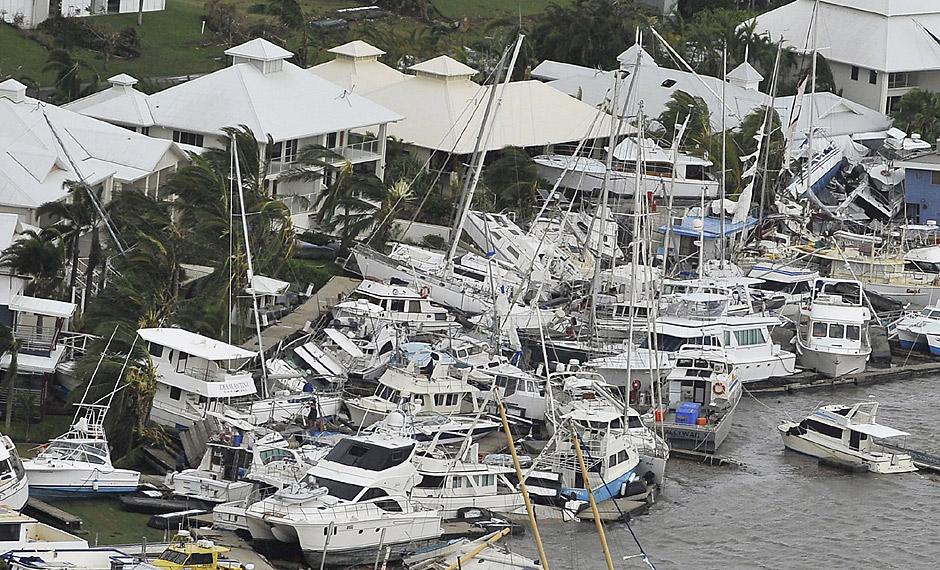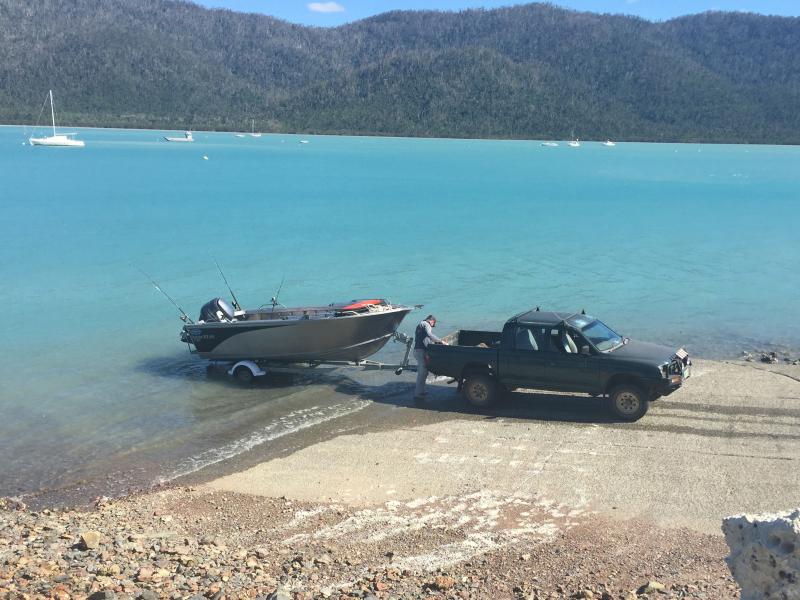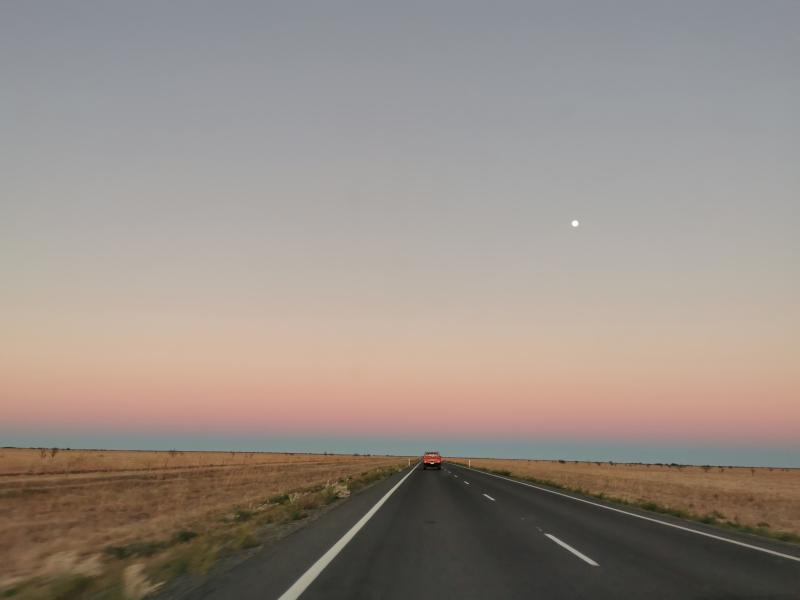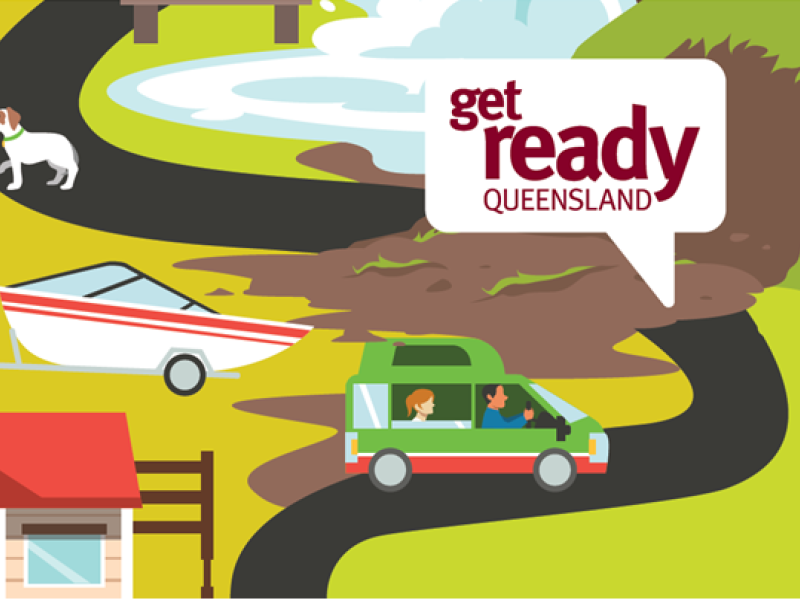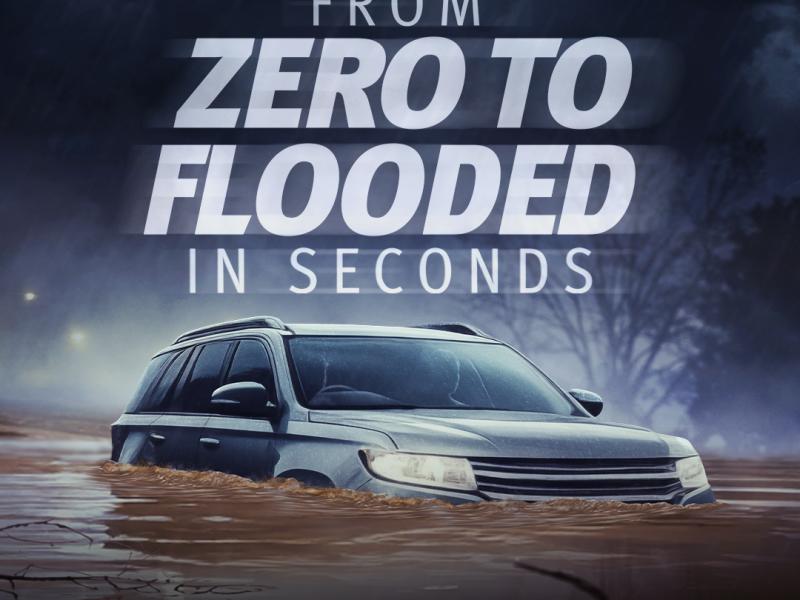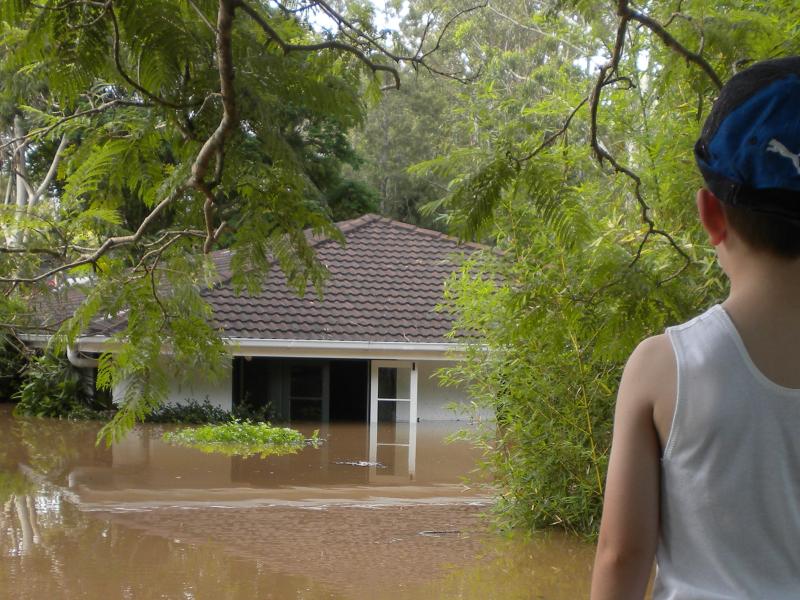Boat Safety Checklist
The key to protecting your boat from cyclones or severe weather is planning, preparation and timely action. Each boat owner needs a plan unique to the type of boat, the local boating environment and the severe weather conditions.
Severe weather season in Queensland is from November to April. Before the next disaster season hits, develop a detailed severe weather plan to protect your boat.
Plan Ahead Before You Go Out On The Water
Always check marine weather forecasts before you go boating. Keep checking them while you are on the water.
Make Sure You're Covered By Boat Insurance
For most boat owners, marine insurance is a necessity but not all boat insurance policies are created equal, so it pays to compare. Ensure your policy covers damage caused to your boat and damage caused by your boat during a storm, flood or fire.
Find out more and Get Ready
Check out these other pages and resources to help you Get Ready.
